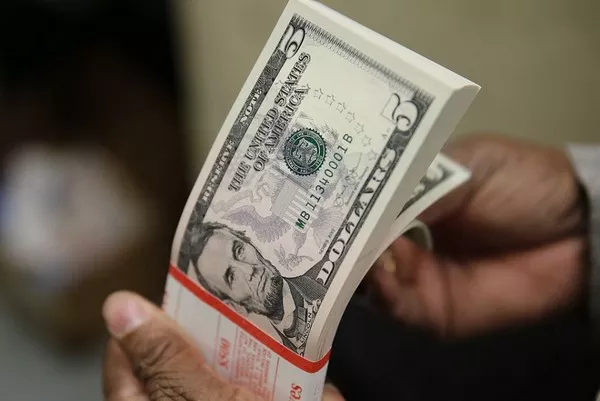The United States’ currency has a rich history, with each denomination featuring prominent figures who played pivotal roles in shaping the nation. While most individuals are familiar with the faces depicted on common denominations like the $1, $5, $10, and $20 bills, there is one denomination that stands out as both elusive and intriguing—the $1000 dollar bill. In this article, we delve into the enigmatic world of the $1000 dollar bill and explore the historical figures who graced its face.
The Origins of the $1000 Dollar Bill:
The $1000 dollar bill was first introduced by the United States government in the late 19th century. Its purpose was to facilitate large financial transactions between banks and other financial institutions. These high-denomination notes were primarily used for interbank transfers and were not intended for circulation among the general public.
Grover Cleveland (Series 1918):
The first individual to appear on the $1000 dollar bill was Grover Cleveland, the 22nd and 24th President of the United States. In office from 1885 to 1889 and again from 1893 to 1897, Cleveland was known for his commitment to fiscal conservatism. His portrait on the $1000 dollar bill in the 1918 series paid tribute to his economic policies and his efforts to maintain a sound financial system.
Alexander Hamilton (Series 1928):
In 1928, the $1000 dollar bill underwent a significant redesign, and Alexander Hamilton, one of America’s founding fathers, took center stage. Hamilton was the nation’s first Secretary of the Treasury and played a crucial role in establishing the foundations of the American financial system. His inclusion on the $1000 dollar bill was a nod to his contributions to the nation’s economic development.
Other Series and Changes:
Over the years, there have been several series of the $1000 dollar bill, each featuring a different design and historical figure. Notable individuals who appeared on subsequent iterations include James Madison (Series 1934) and Salmon P. Chase (Series 1934 Gold Certificate).
Discontinuation and Rarity:
Despite its historical significance, the $1000 dollar bill gradually fell out of use due to changes in banking practices and concerns about facilitating illicit activities. The last series of the $1000 dollar bill was issued in 1945, and it was officially discontinued in 1946. Today, these bills are incredibly rare and highly sought after by collectors, often fetching substantial prices at auctions.
Collectability and Legal Tender Status:
Although the $1000 dollar bill is no longer in circulation, it retains its legal tender status, meaning it can still be used to settle debts. However, due to their rarity and high value among collectors, most $1000 bills are not used for everyday transactions. Instead, they are predominantly seen as historical artifacts that hold both monetary and cultural value.
Conclusion:
The $1000 dollar bill is a captivating piece of American currency history that showcases the faces of influential individuals who shaped the nation’s economic landscape. From Grover Cleveland to Alexander Hamilton and others, these figures left lasting legacies that continue to resonate today. While the $1000 dollar bill may no longer be in common use, its allure persists, capturing the imagination of both numismatists and history enthusiasts alike. As we reflect on these prominent figures, we gain a deeper understanding of the United States’ journey towards becoming a global financial powerhouse.


